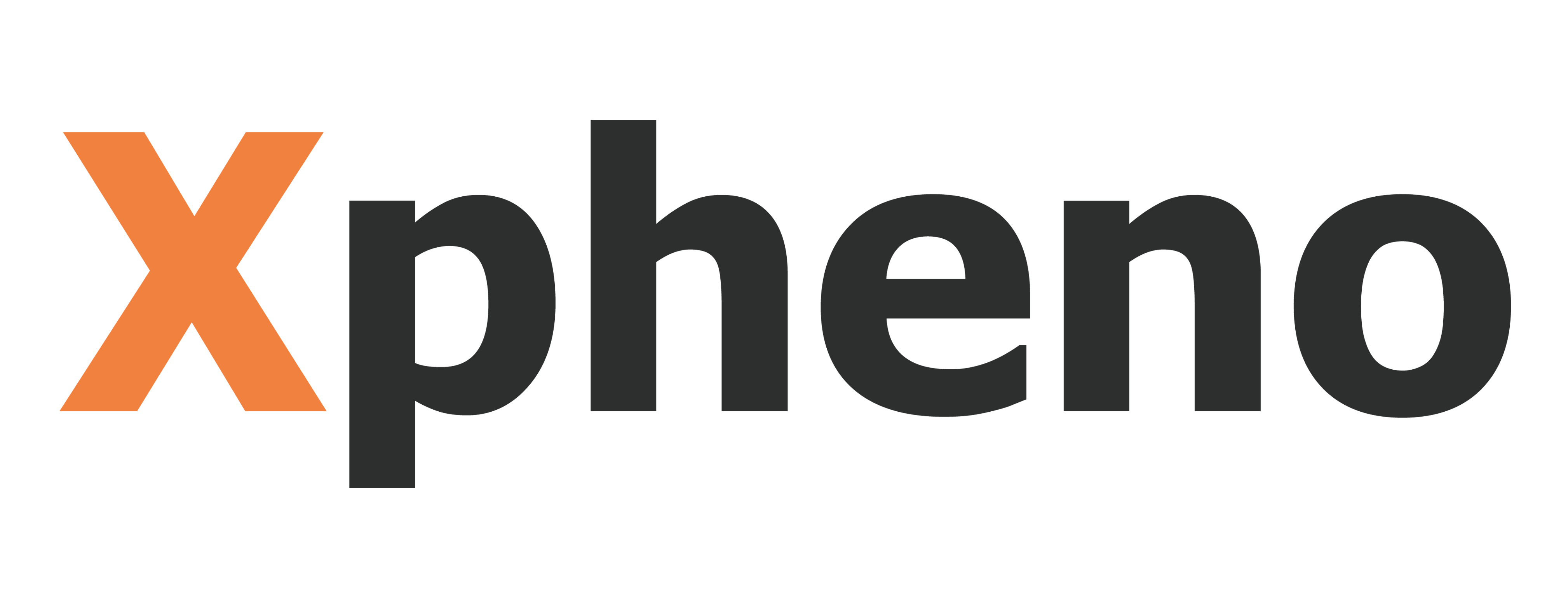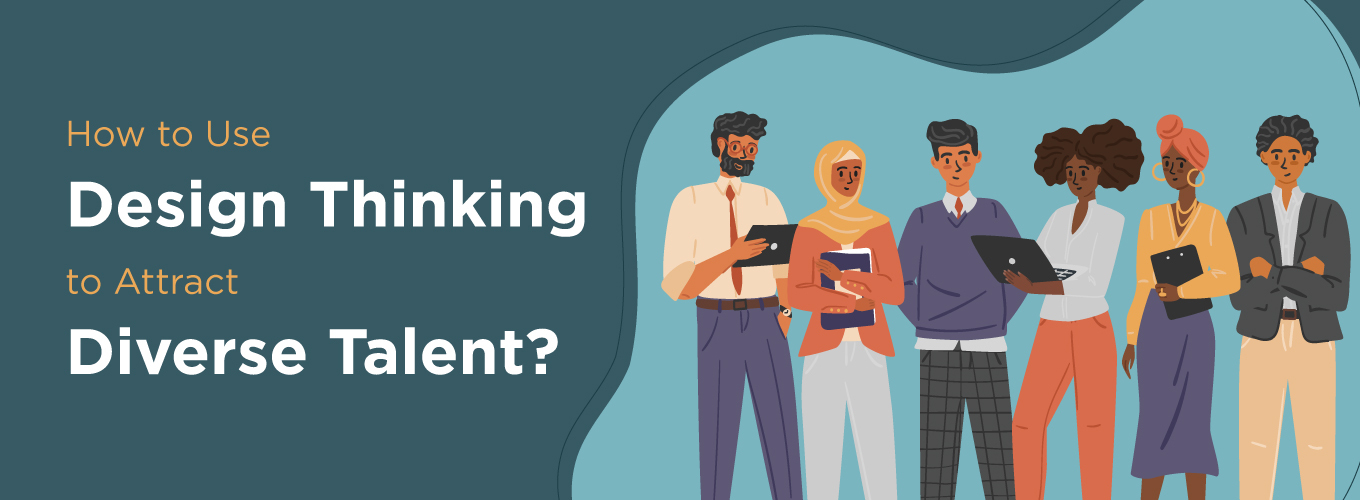What is design thinking?
An iterative method of problem-solving that emphasizes emphatic, creative, and human-centered ways of dealing with complicated problems and generating inventive solutions. It emphasizes knowing what people want, why they need it, and how best it can be served using available resources.
Table of Contents
- Several Key phases of design thinking
- Why design thinking in talent acquisition?
- What are the benefits of design thinking?
- What is the process of design thinking?
- How Can You Apply Design Thinking to Talent Acquisition Strategy?
- What is the key difference between a CV and a resume?
- Conclusion
- Frequently Asked Questions
Several key phases of design thinking
Empathise: The first one considers the design thinking needs, expectations, feelings, and perceptions of the population the solution will serve. Observations, interviews, and immersions in the users’ environment give designers a deeper understanding of how user experience occurs and what problems the user faces.
Define: At this stage of design thinking, designers come up with a specific statement that describes the problem. To begin with, they frame the issue in such a human-oriented way that it is consistent with users’ needs and motivations. The third stage ensures everyone is on the same page regarding the direction to follow when arriving at a solution.
Ideate: Generating multiple potential solution options to the defined problem constitutes the ideation of design thinking. Teams brainstorm, sketch, design, and explore various perspectives to develop innovative ideas without limits that promote creativity.
Prototype: Finally, prototyping entails designing smaller, low-cost alternatives to these possible solutions. The prototypes give us an idea of the team’s design thinking and help collect feedback and make iterations where possible.
Test: Conducted at the prototype level, testing aims to collect the user’s opinions. It assists in verifying assertions, appraising the users’ responses, and amending solutions depending on actual user experiences. Iterative testing ensures continuous improvement of design thinking.
The stages of design thinking are not straight lines. Instead, they take place simultaneously, and new insights can prompt reconsideration at any stage. That fosters a mind shift toward cooperation, innovation, and accepting failure as a tool for learning and improvement.
Why design thinking in talent acquisition?
Design thinking transforms conventional hiring through the humanity embedded at each point of the talent acquisition process.
Empathy is inherent in design thinking whereby recruiters must put themselves in the shoes of prospects and understand different scenarios. When creating employment advertisements, application processes, and interview questions, this empathetic viewpoint is crucial to designing recruitment channels.
Additionally, design thinking focuses on creativity, which helps hiring managers think of various ways to connect with and relate to their talents.
Design thinking is an effective approach for contributing to diverse hiring; it does so by emphasizing an empathetic perception of the possible experiences, needs as well and challenges of future job candidates. By establishing a process of ongoing experimentation, organizations can continually hone their recruitment strategies to remove bias and bring together a greater diversity of talents.
What are the benefits of design Thinking?
Design thinking offers many benefits across various domains by fostering a user-centric, innovative, and iterative problem-solving approach. Primarily, it promotes empathy, enabling a deep understanding of users’ needs, motivations, and pain points.
By empathizing with users, designers can develop solutions that truly address their challenges, leading to more meaningful and impactful outcomes. Additionally, design thinking encourages creativity and divergent thinking. It nurtures an environment where brainstorming, ideation, and exploration of diverse perspectives are encouraged and integral to the process. This fosters the generation of novel ideas and innovative solutions that might not arise through conventional methods.
Apple is known to conventionalize the consumer of design thinking in its products’ design. Apple’s flagship product, the iPhone, was a marvel created in response to the inner workings of its users, such as their deepest desires and most harrowing frustrations with existing phones. The element that made the difference was sympathy from customers. Apple created a user-friendly device that took into account intuitive, aesthetic, and functional aspects, setting new standards for products.
Another significant advantage lies in its iterative nature. Design thinking promotes rapid prototyping and testing, allowing for continuous improvement based on real-time feedback, minimizing risks, and ensuring that solutions are refined and optimized over time. Moreover, the collaborative aspect of design thinking facilitates cross-disciplinary teamwork, leveraging the strengths of diverse perspectives and skill sets to tackle complex problems collaboratively.
The Process of Design Thinking?
Focus on Human-Centric Approach: Classic “problem solving” is usually about technical possibilities and/or business necessity and not so much people’s needs, while design thinking takes the latter focus.
Iterative Nature: Traditional problem-solving may be a straightforward process, whereas design thinking involves many cycles of brainstorming, prototyping, and testing.
Emphasis on Creativity: Unlike traditional methods, design thinking involves more creativity and open-mindedness in addressing problems that may rely on established solutions or procedures.
User Involvement: In design thinking, users are involved in every process phase, giving inputs and making comments at different times.} Traditional problem-solving may draw on specialists or in-house people for solutions.
Risk-Taking: The concept of calculated risk-taking and learning from failures in the iterative design thinking model contrasts with the safer, more predictable outcomes targeted by traditional problem-solving.
Prototyping and Testing: Instead of going through an elaborate planning phase before any implementation, design thinking involves testing some prototypes and taking user feedback to provide better solutions for the problems encountered.
Mindset and Culture: Design thinking encourages empathy, curiosity, and teamwork that breaks down the barriers between different professional departments. Some of these cultural aspects might not be highlighted in problem-solving.
How Can You Apply Design Thinking to Talent Acquisition Strategy?
- There is an approach that focuses on interviewing or surveying the candidates to understand what drives them and what pains they feel.
- Organizations can brainstorm ways of solving recruitment challenges like lengthy recruitment forms and poor communication by simply identifying them as they appear.
- Prototyping design thinking is one of the most significant phases in which models of interactive stages and/or prototype AI tools take shape. Testing strict processes and iterations using candidate feedback ensures final strategies are similar to what candidates expect. Having HR, marketing, and technology teams working together allows for a streamlined candidate journey.
Conclusion
When utilized for talent acquisition, design thinking becomes a potent means to create diversity and inclusiveness in organizations. To attract a wide range of employees, one has to consider the needs of every particular person in society. Empathy is the first step that requires knowing the aspirations of different candidates, hurdles, and what they expect during the recruitment process.
Accordingly, to successfully attract different talents, organizations that adopt a design thinking approach place empathy at their foundation. Engaging with such communities through surveys, interviews, and workshops, among others, is vital in finding meaning behind such experiences. Knowing these perspectives assists in determining the hurdles that diverse applicants encounter, such as prejudice in the hiring process and exclusivity in job advertisements.
Frequently asked questions
1. What are the 3 design thinking skills?
Rapid prototyping, creativity, and empathy are the 3 most important designing thinking skills that a person can equip themselves with.
2. How can design thinking influence recruitment processes?
Design thinking in recruitment improves employers’ branding, attracts different types of talent, and makes hiring more sensitive from the user’s point of view.
3. What is design thinking in talent acquisition with data management?
Combining design thinking with data management in talent acquisition creates an efficient, people-oriented, and data-based process for attracting, engaging, and recruiting qualified workers.









